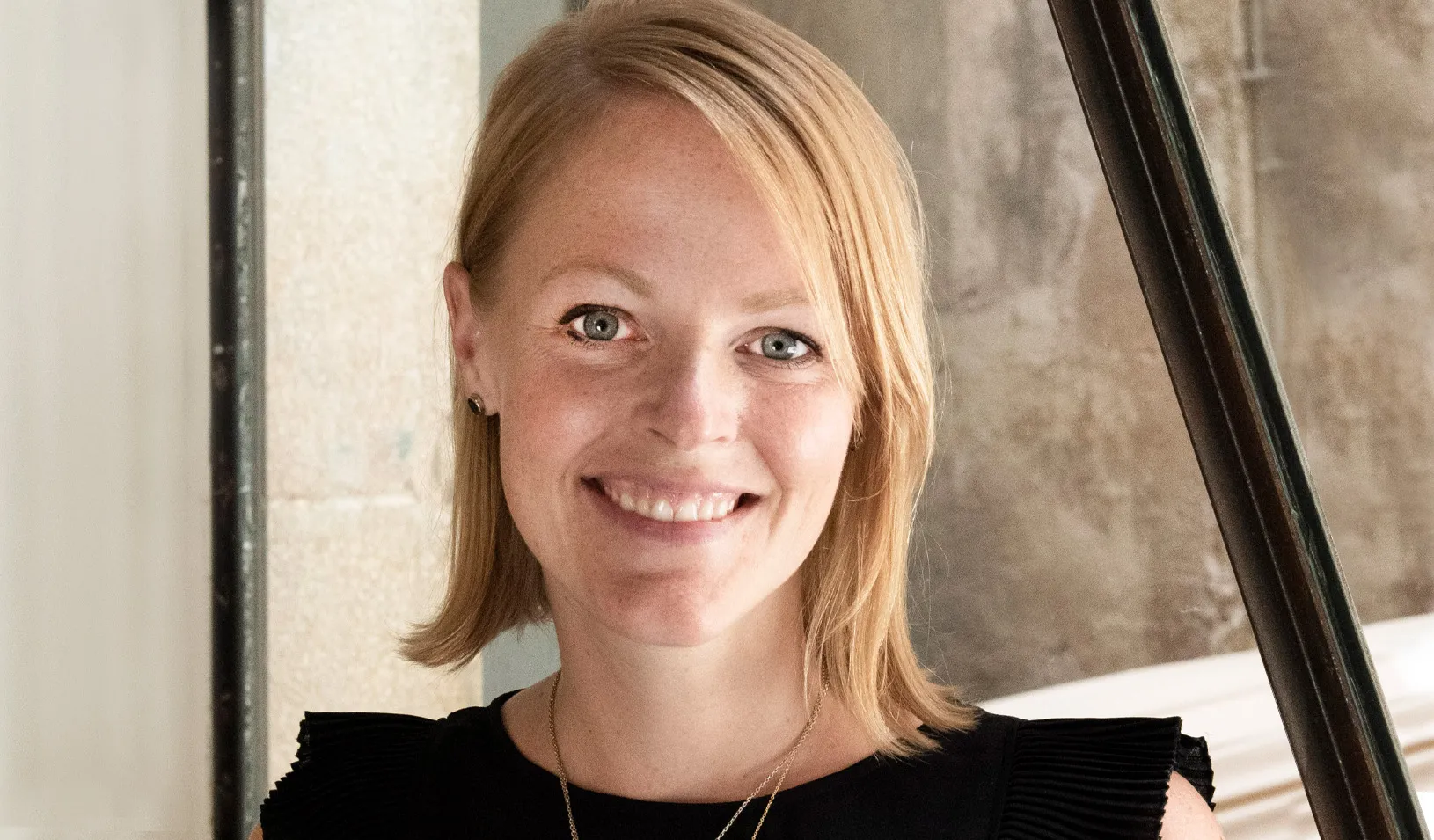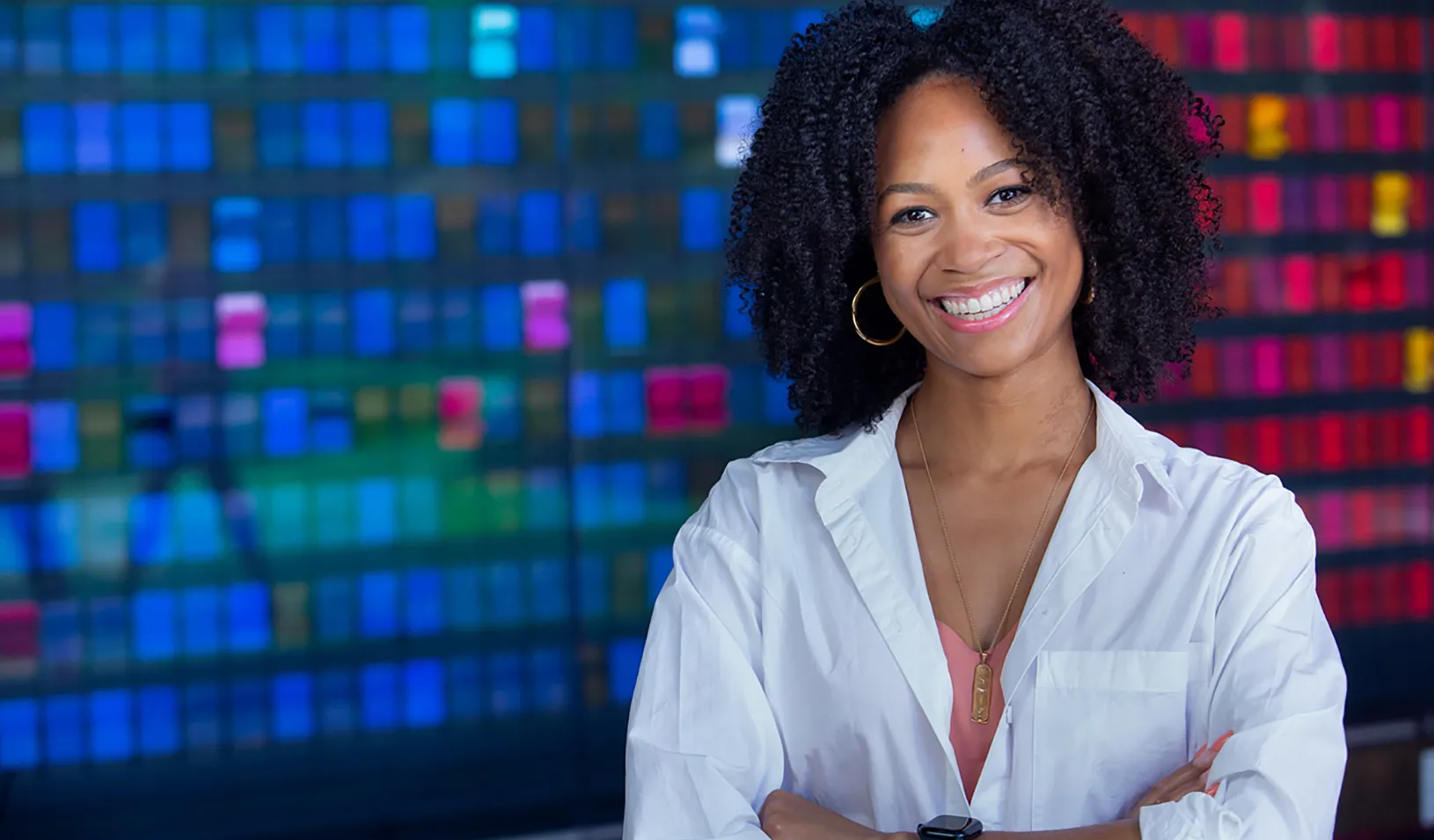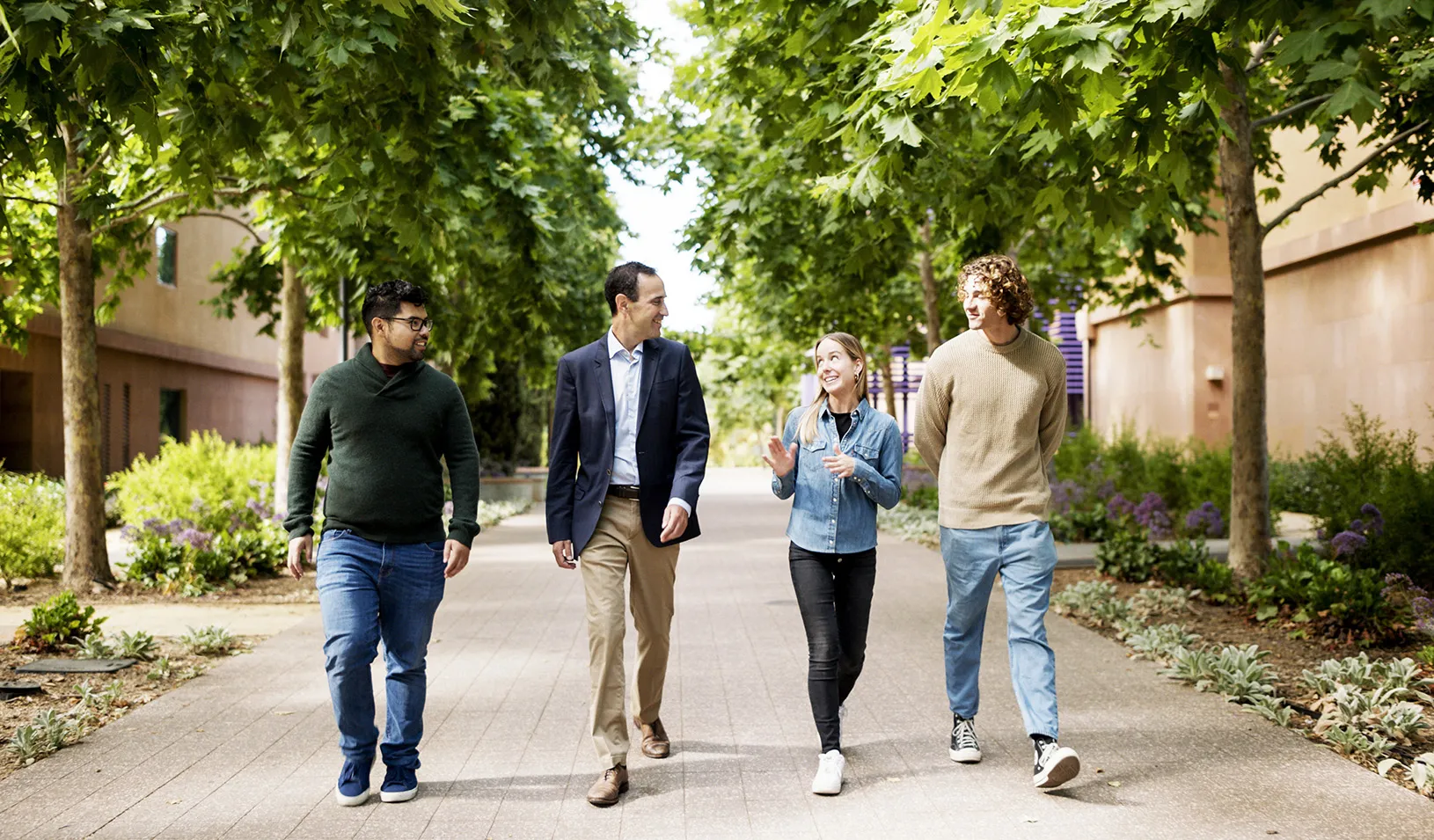Hard Lessons: What I Learned From Failure
Six alumni reflect on a difficult time in their careers.
January 19, 2023
| by
Jenny Luna
Business leaders often tout the power of failure, or the value in failing fast. But what does that actually look like? And, years down the line, what lessons does failure hold?
As part of an ongoing series in Stanford Business magazine, we ask Stanford GSB alumni to reflect on one of their biggest business failures and what they learned from it.
For media inquiries, visit the Newsroom.
Explore More
April 15, 2024
Written
Erin Nixon Joins Stanford GSB as Assistant Dean of Admissions
Nixon brings “rare combination of talents” and broad international experience.

April 08, 2024
Written
Nia Rose Froome, MBA ’23: Making Local, Fresh Food Available for All
Stanford Impact Founder Fellow plans to remove food barriers for low-income communities.

April 05, 2024
Written
New Research Fund Promotes Responsible Leadership for the Next Century
Faculty grants spur momentum in Business, Government, and Society initiative







